A sincere review of Duolingo
Duolingo is a gamified foreign language program, first released to the public in 2012. The Duolingo app offers around 100 different language courses for over 40 distinct languages and apparently surpassed over 300 million registered users in 2018. The company uses the freemium model. To get to the heart of what Duolingo is about, I’ve registered as a Polish learner of English so all of my instructions are in Polish (I can understand Polish quite well). It’s with pleasure I can share this wholly sincere review of Duolingo based on my findings thus far.
ORDERS FROM ABOVE
In recent weeks, I’ve read and listened to several interviews that Luis von Ahn, the chief executive of the Duolingo language learning app, has given. First of all, let’s put things into perspective. This guy is a computer science professor who learned English from a very young age. I’m sure he has good intentions to ‘teach the world’. However, no matter how many language learning specialists he employs to develop courses, his background will always come to the fore in the application’s methodology. Essentially, Duolingo seems to be nothing more than a gimmicky computer science experiment, devoid of any concrete ideas to bring real-life language use to the table.
Von Ahn once claimed that: "There's an independent study that shows that if you use Duolingo for 34 hours you learn the same as you would in one university semester of language learning." Mr Von Ahn is living in cloud cuckoo land. Unlike the oddities that one can hear on Duolingo, I somehow doubt that recordings of men asking themselves “Am I a girl?” are heard very frequently in university lecture theatres because university lecturers usually at least try to teach people something useful:
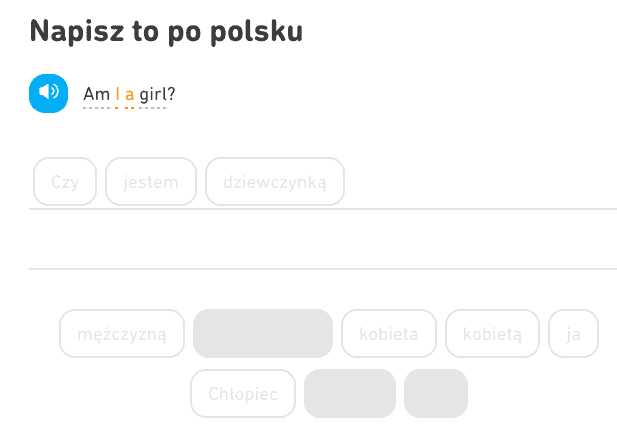
So, let’s imagine I’m a beginner Polish learner of English. How motivating - my beloved Duolingo language learning app is obsessed with gender and politically correct cartoon images:
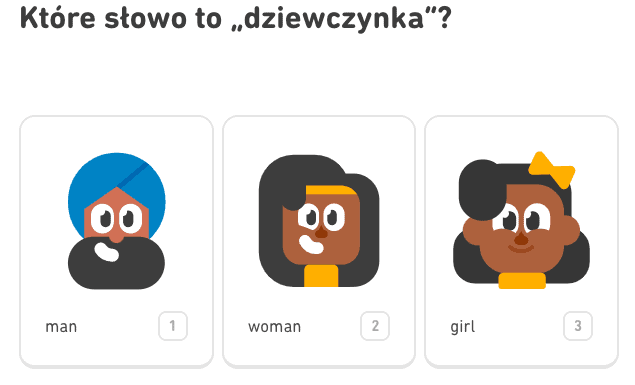
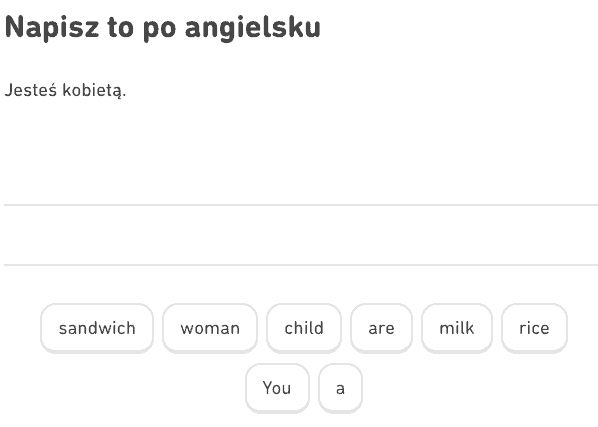

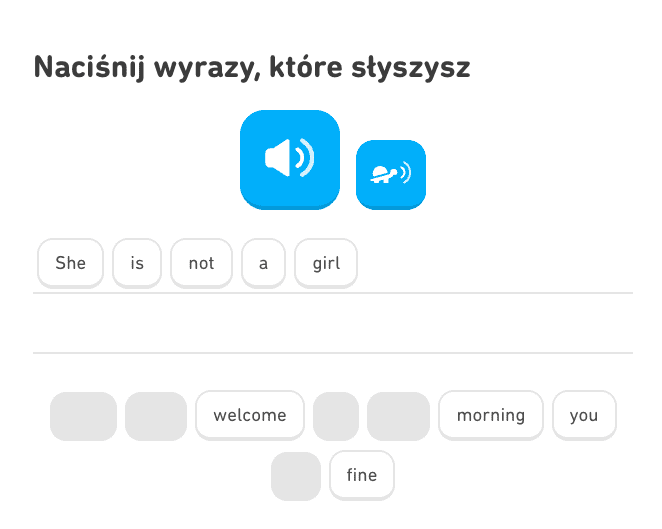
Finally, Duolingo’s speech recognition system will let you say: “I am not a woman!” into your microphone. Phew! I know loads of beginners who need to practice that sentence.
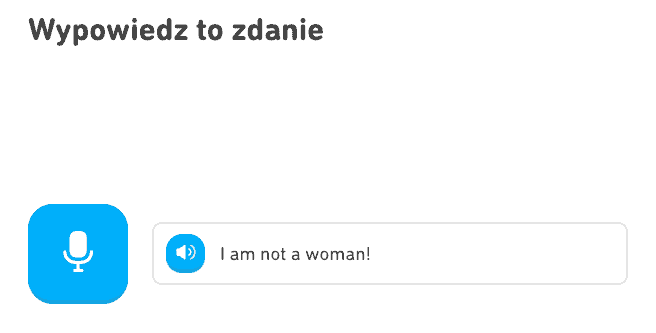
On the subject of context, I haven’t seen the sentence: “You are purpler than a cuberdon”, but it does exist according to one bemused reviewer. Actually, I frequently tell people that they look as purple as a cone-shaped Belgian candy, so I don’t know what this reviewer was complaining about.
INTONATION PATTERNS ON DUOLINGO
The intonation of most of the short phrases is either off-putting or completely wrong. One particular intonational disgrace is the utterance “You are welcome”.
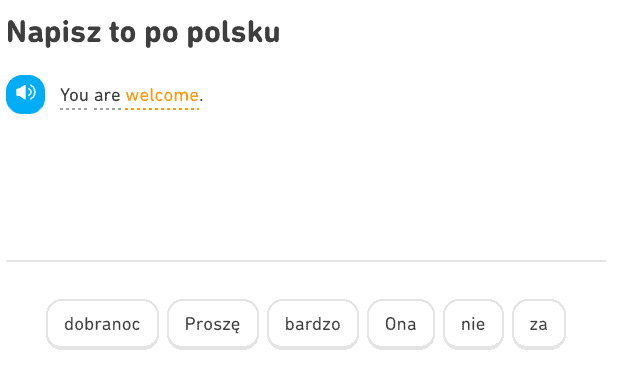
INCORRECT GRAMMAR DRILLS ON DUOLINGO
When I saw “A woman eats an apple”, I almost had a heart attack. How is it possible to use the present simple tense like this? Which specific woman? You cannot say “A woman eats an apple” without a time reference or an additional clause. It doesn’t make sense at all.
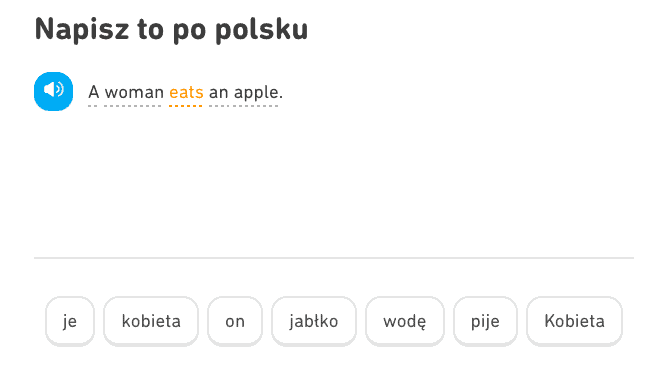
Wouldn’t it be better to have something like “My grandpa eats an apple every day”. At least it looks a little more convincing and realistic. Perhaps Duolingo mistook the present simple tense for the present continuous tense. That’s what happens when computer scientists invent language learning applications.
Final Thoughts
This has been a short but sincere review of Duolingo. I think that beginner learners of English would be better off picking up the basics elsewhere on the Internet. They should then seek out a copy of Hugh Dellar’s coursebook, Innovations Elementary. This book is based on a language-rich, lexical/grammatical syllabus and contains phrases that students might actually use in conversation.
What do I know? Maybe beginner learners are into having conversations along the lines of “Look, it’s a man!” or “Is that a woman?”.
Perhaps I'm the one who's completely out of touch with reality.



